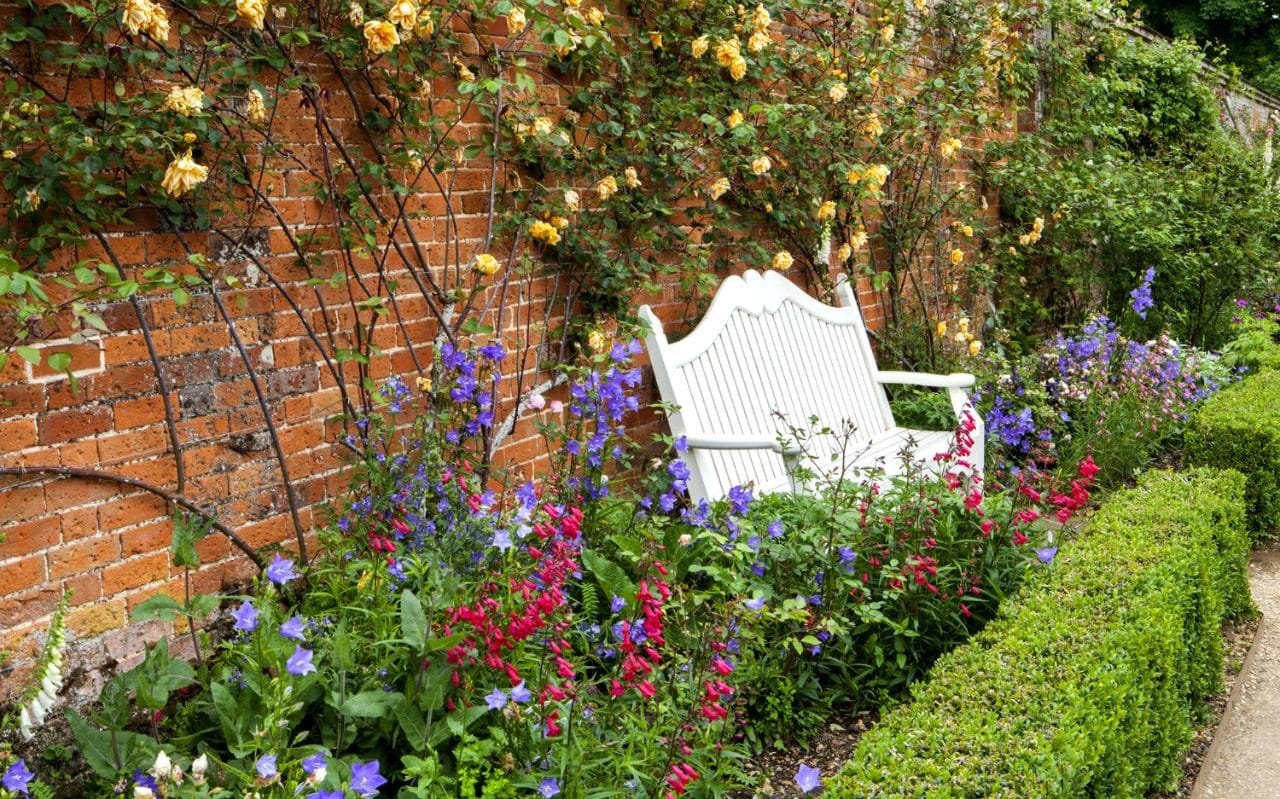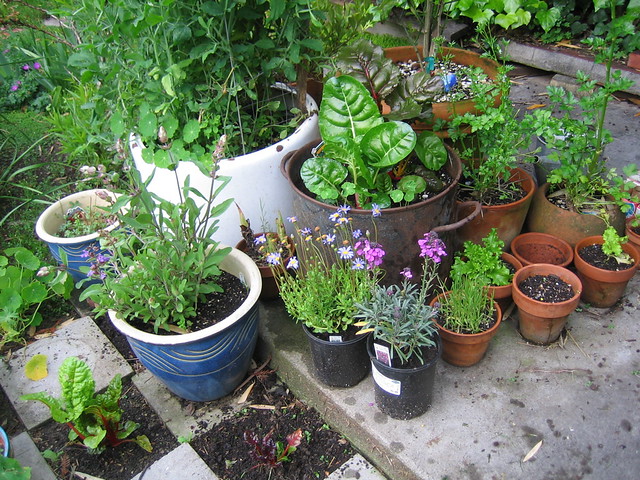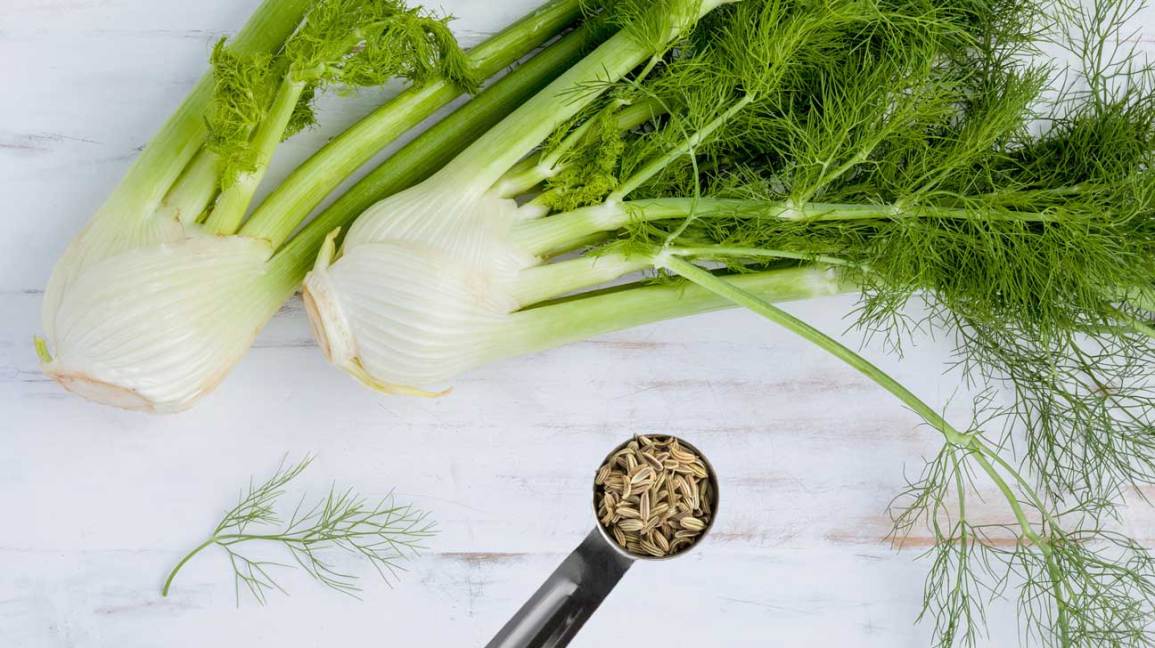With winter spending its last few days, every garden comes to life slowly, so why not give it a bit of work to give it a great start for the growing season. So how to make sure that your blooms and branches look their best this year? Here are some tips that are surely going to be useful for you!
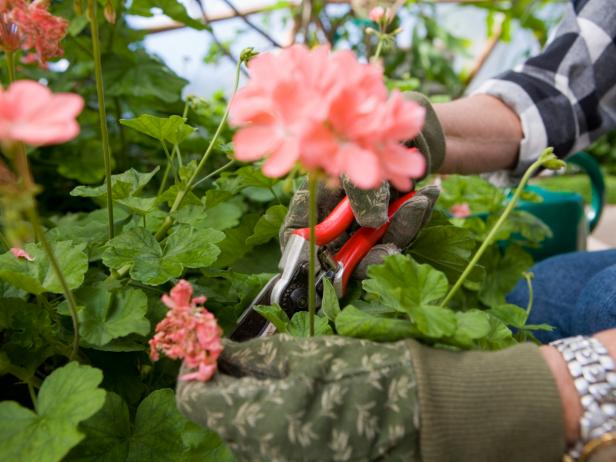
- Remove and compost any dead annual plants that remained over winter. Any self-seeder will do their job at the right time. If you didn’t prune your perennials last fall, they are surely looking pretty ugly, so disposing of them won’t be so bad after all. Get rid of weeds, making sure that you get to the roots so they won’t grow back. Sharpen your garden tools if need be.
- Look out for plants that are still half alive! You can try to revive your almost dead plants if the plant still has a few green leaves. Revitalize the soil as it is likely to be dry and packed after a harsh winter. You can do so by adding moisture such as organic materials, compost or manure. You should always try to test the soil to see what nutrients it needs. It is also recommended to add more fertilizer to increase the health of the soil and increase the life of your plants.
- There are many plants that survived during this winter so pruning them would be great as they will regrow anew in the spring. Wait until mid-April or May to be sure that winter is gone for sure! You should always prune blooming plants right after they bloom to avoid cutting off future flowers. Remember summer plants needs to be pruned in early spring. If you want a new variety of flowers, then ordering some summer-flowering bulbs and seeds would be the best.
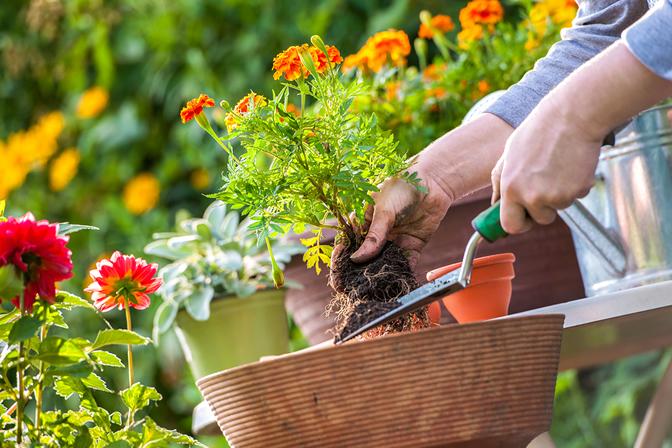
- Even though adding fertilizers and other organic materials help, you should also focus on adding mulch to your flower beds and garden. One to three inches of mulch prevents weeds and diseases and it also keeps and maintains the moisture and temperature in the garden. Apply the rule of the thumb so as to keep the mulch a few inches from the plant stem. It prevents the roots from rotting.
- It is logical to banish pests from your garden! Slugs, snails, aphids, and larvae might have used your garden as a shelter during the winter but now no way. Remove these pests before setting up new plants. Use proper pest control materials to remove them. Let your garden be home to beneficial insects such as bees and butterflies. Remember along with you, these insects also will love being in your garden.
- It is finally the time for you to plant new flowers and shrubs. Some recommendations for good plants are pansies, snapdragons, redbuds, Tulips, Lilacs, and many more. Turn to perennials rather than annuals as perennials are there for a longer time.
